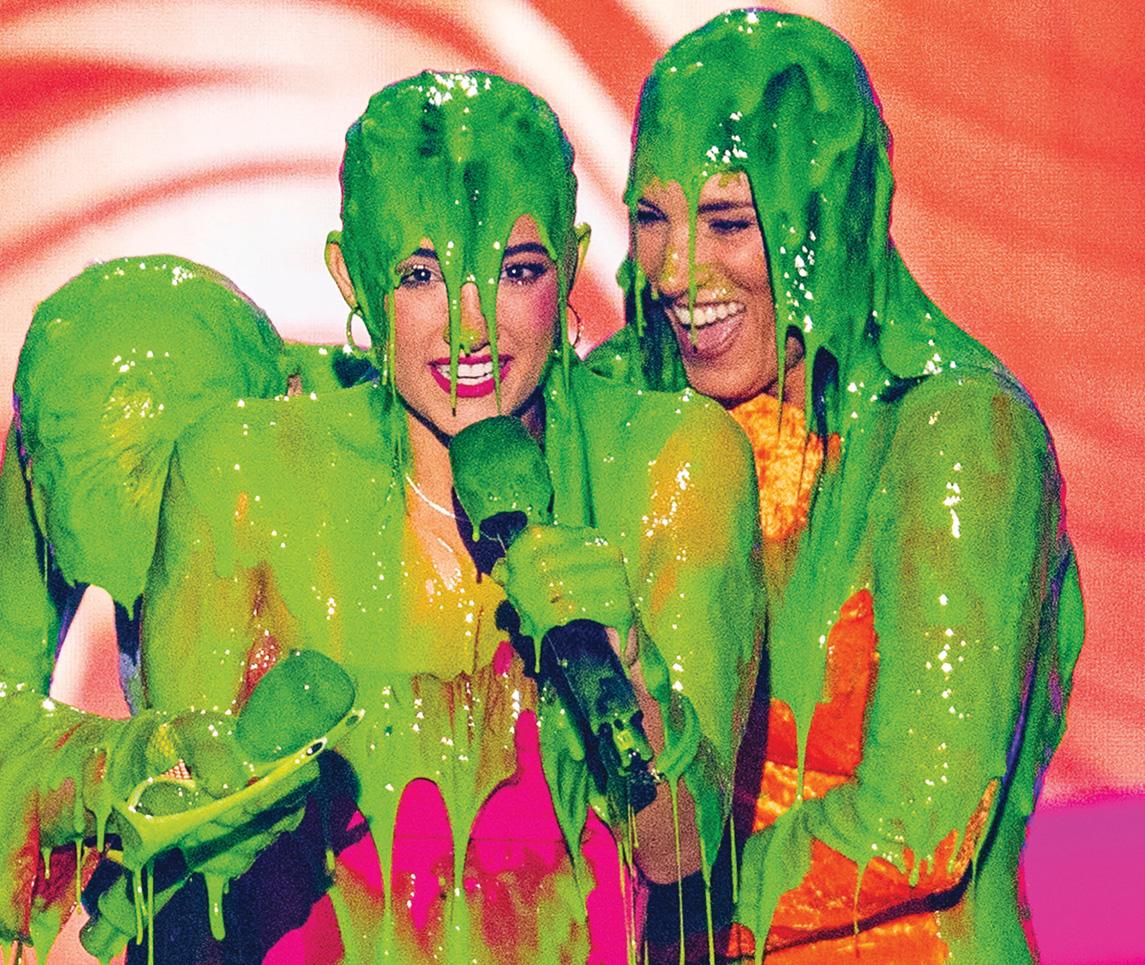
Slime, gunk, goo. Whatever you call it, are you fascinated or disgusted by the slippery stuff – or a bit of both?
Yes, gloop is gross, but slime has been sold as a toy for almost half a century and is more popular than ever. Some people love making slime and spend hours stretching and squishing it between their fingers. Even famous people seem happy to have buckets of yellow yuck and green gunge hurled in their faces or dumped all over them on TV. Neither solid nor liquid, but somewhere weirdly in-between, it’s no surprise that gunk makes some people gag. Yet many others would love to get seriously slimed. So, if it’s so disgusting, what is its appeal? Could it be that slime somehow... is our friend?
It’s snot what you think
None of us are strangers to slippery slime. Our bodies are full of it. A thick layer of mucus protects your stomach walls and helps food move through your guts. It’s surrounds your eyes and coats your mouth and throat. It shields your organs, stopping them from drying out. In the nose and lungs, snot traps and flushes out unwanted body invaders, such as infectious bacteria, dust and smoke.
If you’re wondering how it got there, many of your body’s tissues produce it. You’ll be most familiar with the stringy stuff from the snot you snort out of your nose. Now, imagine being made to swallow more than a litre of that yucky stuff. Well, sorry to inform you, but you already do just that every day, without even realising it.
Healthy human bodies produce about 1.5 litres of mucus per day. You only really notice it when you have an infection, and it gets thicker, becoming the gross gunk that lodges in your throat and makes you dread peeping in your tissue after a hearty nose blow.
この記事は The Week Junior Science+Nature UK の Issue 67 版に掲載されています。
7 日間の Magzter GOLD 無料トライアルを開始して、何千もの厳選されたプレミアム ストーリー、9,000 以上の雑誌や新聞にアクセスしてください。
すでに購読者です ? サインイン
この記事は The Week Junior Science+Nature UK の Issue 67 版に掲載されています。
7 日間の Magzter GOLD 無料トライアルを開始して、何千もの厳選されたプレミアム ストーリー、9,000 以上の雑誌や新聞にアクセスしてください。
すでに購読者です? サインイン

WE COULD BE HEROES
Meet the young people just like you who are doing amazing things to help save the world.

Space probe "touches" the Sun
NASA's Parker Solar Probe made history on 24 December 2024 with the closest-ever approach to the Sun.

Asel Sartbaeva
Meet the researcher whose work will save lives around the world.
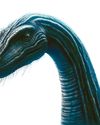
Loch Ness Monster
Can new studies of Loch Ness finally unlock the secrets of Nessie?

Pangolin preservation
Meet the puppy protectors helping to save a threatened animal.
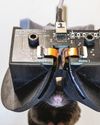
Mice wear VR goggles
Scientists at Cornell University in the US have built virtual reality (VR) goggles for mice.
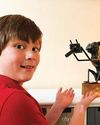
10-year-old wins award
A woman who had bowel cancer is now cancer-free after receiving a liver transplant.

A life-saving liver transplant
A woman who had bowel cancer is now cancer-free after receiving a liver transplant.
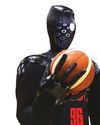
Robot shoots hoops
A robot designed by Toyota Motor Corporation in Japan has broken the world record for the longest basketball shot by a humanoid robot.
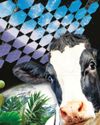
SCIENCE SAVES THE WORLD
Space umbrellas, green sand and garlic milk... Isabel Thomas explores the boldest ideas and wackiest ways to fight climate change and fix the planet.